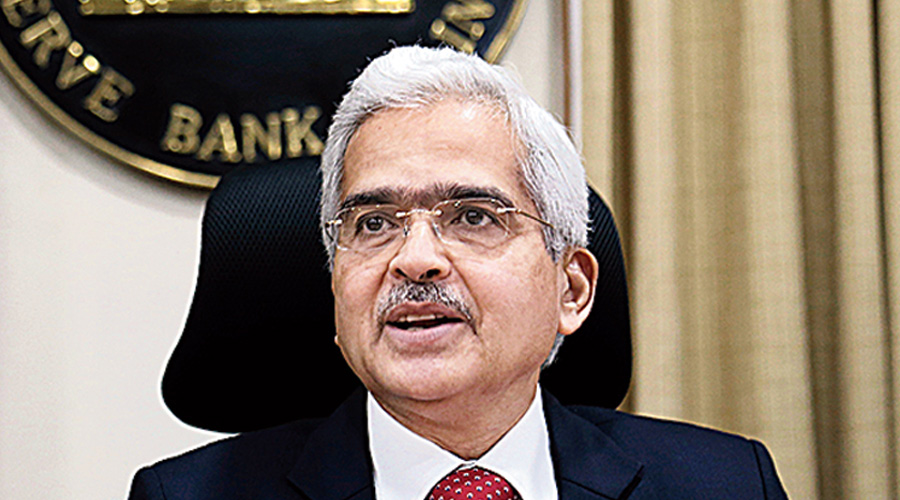The Reserve Bank of India (RBI) is expected to release a discussion paper on NBFCs (nonbanking finance companies) this week that will suggest large shadow banks should hold a share of their deposits or funds in cash, gold and government securities, mimicking asset sequestration regulations that apply to scheduled commercial banks.
Fears of such tighter regulations on the sector had its impact on the stock markets with the Sensex slumping over 470 points and the Nifty ending below the 14300 mark.
While there have been concerns over expensive valuations, comments by RBI governor Shaktikanta Das pinned NBFC stocks down on Monday. Investors fear the RBI will subject larger shadow banks to tighter rules that will be on a par with banks, draining their cash and impacting their bottomlines.
Such proposed norms are, however, some months away as the RBI will engage in consultations with the sector before taking any major steps. The banking regulator does not want a repeat of the IL&FS and DHFL fiascos.
A Reuters report said that the shadow banks would be asked to maintain statutory liquidity ratio (SLR) and cash reserve ratio (CRR). SLR is that portion of deposits which must be maintained in liquid cash or government securities. In the case of banks, this stands at 18 per cent. CRR is that portion of deposits which must be maintained with the central bank. It is now at 3 per cent for banks.
After the monetary policy in December 2020, the RBI governor had said a review of the way NBFCs were functioning was needed because of their growing significance and rising inter-linkages with other segments in the financial system. He had said the central bank was looking at a graded approach when it came to regulation, an indication that larger ones will be subject to tighter rules.
“There is, therefore, a need to review the regulatory framework in line with the changing risk profile of NBFCs. It is felt that a scale-based regulatory approach linked to the systemic risk contribution of NBFCs could be the way forward,” the RBI had said.
Last Saturday, while addressing the Nani Palkhivala Memorial Lecture, Das had said that a discussion paper on this subject was likely to be released this week. He pointed out that the focus of the new guidelines would be to ensure that both big and small NBFCs have sufficient flexibility to grow.
Stock impact
Among the Sensex players on Monday, Bajaj Finance fell 3.44 per cent to Rs 4,713.60, Bajaj Finserv lost 3.21 per cent to close at Rs 8,354.40, while HDFC declined 2.49 per cent to Rs 2,566.40. In Monday’s trading, the 30-share BSE index ended 470.40 points or 0.96 per cent lower at 48564.27. Similarly, the broader NSE Nifty tumbled 152.40 points or 1.06 per cent to 14281.30.
Other NBFC stocks too witnessed selling pressure. L&T Finance Holdings which announced good results last week, settled with losses of 5.33 per cent. Counters such as Muthoot Finance, M&M Financial Services, Manappuram Finance, Shriram Transport Finance, Cholamandalam Investment & Finance Company also slumped up to 6 per cent.
Market circles said that had it not been for Reliance Industries and HDFC Bank, the benchmark indices would have seen larger cuts. Shares of HDFC Bank on Monday hit a new 52-week high of Rs 1,503 and closed with gains of 1.15 per cent as its third quarter results came in better than Street estimates.
The 30-share Sensex has now lost over 1000 points since last Friday and this comes even though the results season has got off to a good start with heavyweights such as TCS and Infosys reporting better than expected numbers.










